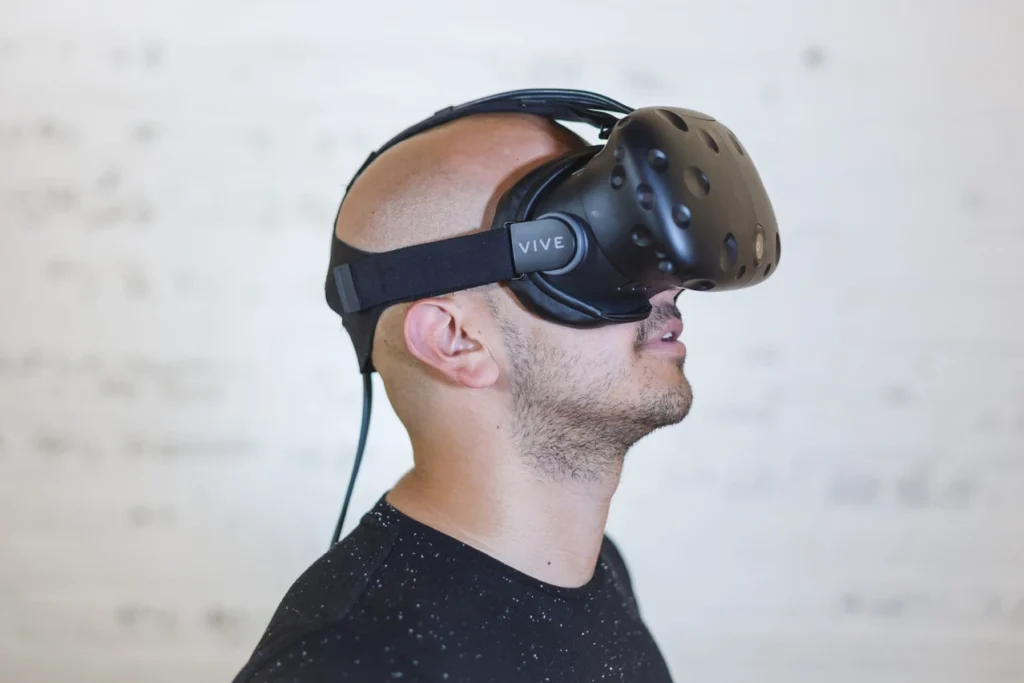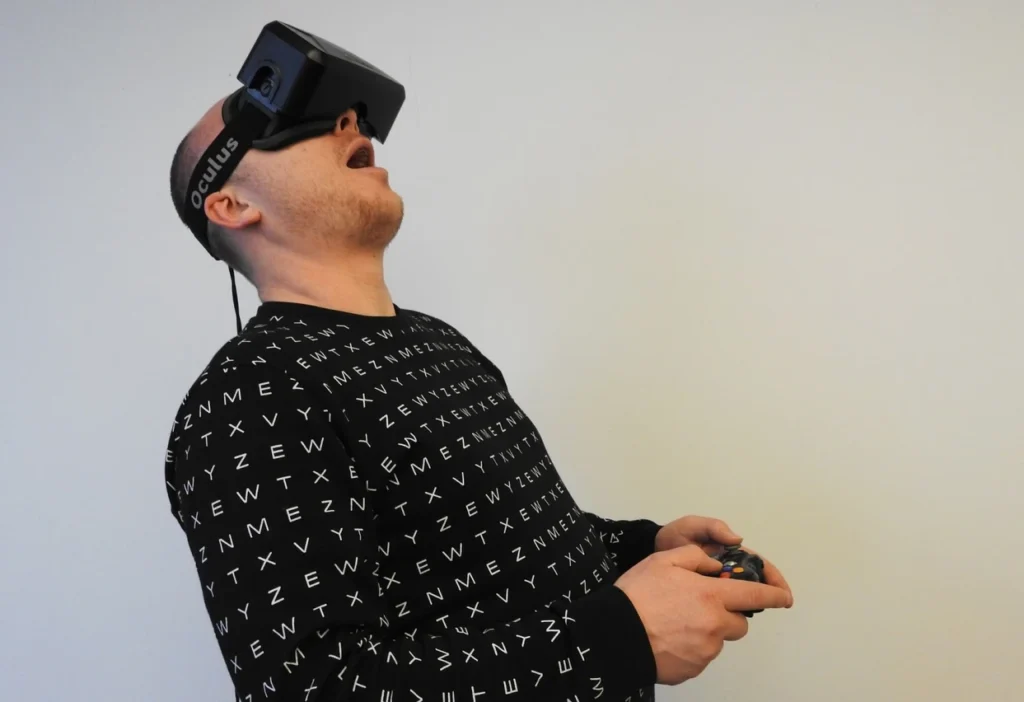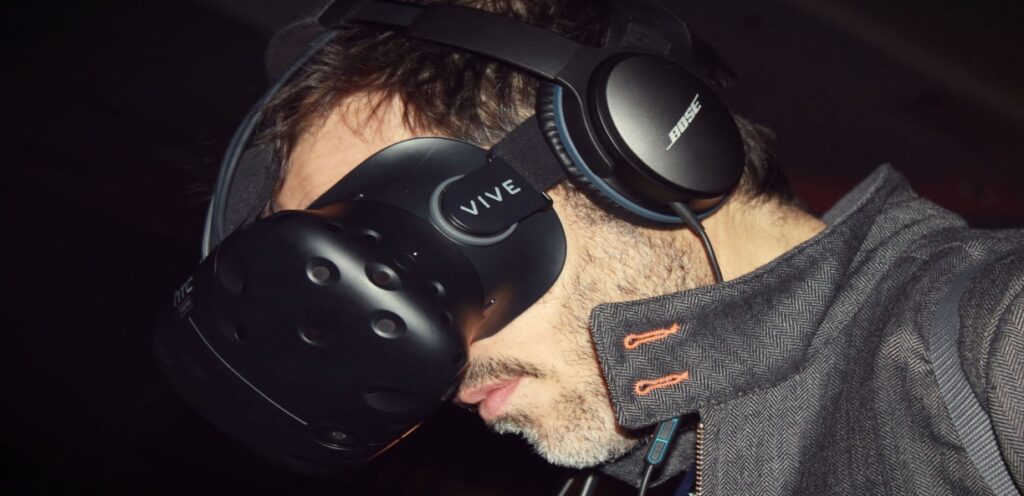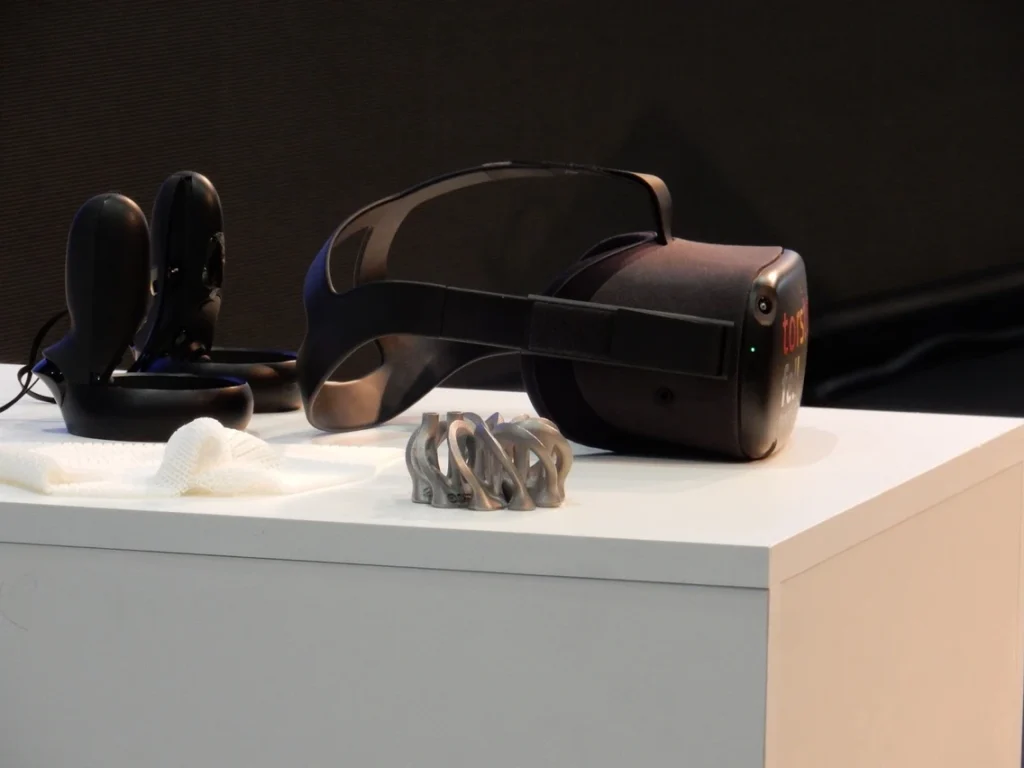Updated: Oct 25, 2022
Virtual Reality has established itself in the technical realm. There are many possibilities created by this technology; people can view the virtual world without any difficulties. It has blurred outlines between humans and computers. Virtual Reality has its applications in some crucial domains like healthcare, education, architecture, etc. To experience this technology pleasantly, we need proper hardware. The leading hardware used to experience this technology is the VR Headset.

VR Headsets can range from as simple as the one made from cardboard and a couple of lenses to sensor filled LCD screen glasses loaded with applications. There are three different types of VR Headsets, phone-based, PC-based, and standalone VR. Although the Headset’s integral part is the same in both, there are few functionalities changes. Phone-based VR Headsets include Samsung Gear VR, Google Cardboard, etc. PC-based VR Headsets have HTC Vive, Oculus Rift, and Playstation VR. Standalone VR is quite different from the ones mentioned above, as it doesn’t need or depend on external devices like smartphones or PCs. You need to wear a machine, and you are good to go. Some examples of this kind are Oculus go and The Daydream Headset.
WORKING
The main goal here is to create a 3D environment without boundaries present in regular TV or computer screens. No matter in which direction you look, the screen follows you. VR Headsets require some inputs to function or let the wearer interact with the environment. This input can be provided via HDMI Cable, the smartphone’s screen, or indigenously displayed through the Headset’s screen or processor.
VR Headsets use either two inputs sent to one display or two LCDs, one for each eye. This process is used to create a stereoscopic 3D image by angling the 2D images, impersonating how our two eyes view the world slightly differently. In layman’s term, try closing one eye then the other to view objects move from side to side. These devices are often referred to as goggles because lenses are placed between the eyes and the pixels. Users can adjust these lenses based on their requirements. Lenses also help in distorting the screen presented images into something more lifelike for our eyes.

One striking feature to make the effect more immersive is to increase the field of view, i.e., how spacious the view is. It would be unnecessary to provide a field of view of 360 degrees. Most VR Headsets stick on to 100 -110 degrees for the field of view as it is sufficient. Wearer often feels nauseated if there are any delays with the frames being displayed onto the screen. The frame rate must be more than 60 frames per second (fps) to efficiently trick the brain. The headsets in the market go beyond this – Oculus provides 90fps, and Sony PlayStation VR provides 120fps.
HEAD-TRACKING
When we wear a VR Headset, it must shift the pictures and the virtual scene based on our head movements. A system called six Degrees of Freedom (6 DoF) plots the head in X, Y, and Z axes. Doing so can measure head movements forward and backward, side to side, and so on. There are various integral components used for head-tracking like gyroscopes, magnetometer, and an accelerometer. Sony PlayStation VR uses 9 LED lights around the display to provide an accurate head-tracking mechanism. An external camera helps in monitoring signals.
Low latency is another feature to attain accurate head-tracking. The minimum delay can be dealt with is 50 milliseconds or less, or the wait can be detected, which adjusts the virtual scene when the user turns his head. Oculus Rift has splendidly decreased the latency to 30 milliseconds. Lags can be a significant problem if not apparent at the beginning stages of developments.
AUDIO
Headphones can be used to get a more immersive effect. The audio should not be played monotonously as it will curb the quality of the experience. The Headset must play the audio based on the user’s movements. Binaural or 3D audio can be used by the developers to tap on the Headsets. This effect provides a sense to the wearer whether the sound is coming from the back, front, side, or distance. Users can be tricked using this method and give them a more submerged experience.

MOTION TRACKING
Head tracking is one of the premium advantages; premium VR Headset has a feature of motion tracking. Motion Tracking is another noticeable feature as it makes the experience more interactive and fun. Motion tracking can be done through infrared sensors, Kinect 2 cameras, and other more exciting input options. Oculus Touch is a pair of wireless controllers designed to make the user feel as though he/she is using his/her hands. These controllers possess buttons, thumbsticks, and triggers to obtain the inputs from the wearer. There is also an array of sensors on each controller to detect gestures. HTC Vive provides a VR play area of 225 square feet, whereas Oculus only provides 25 square feet. Rift owner has provided an opportunity to purchase another sensor for $79, extending the VR play area to about 64 square feet. Then the camera processes the movement of the sensors and incorporates it into the display.

All in all, VR Headsets work through the combination of lenses, Motion-tracking features, and offset screens to create one substantial Virtual experience for the user. VR Headsets will be of greater importance in the future as it is already used in some of the world’s leading domains.































